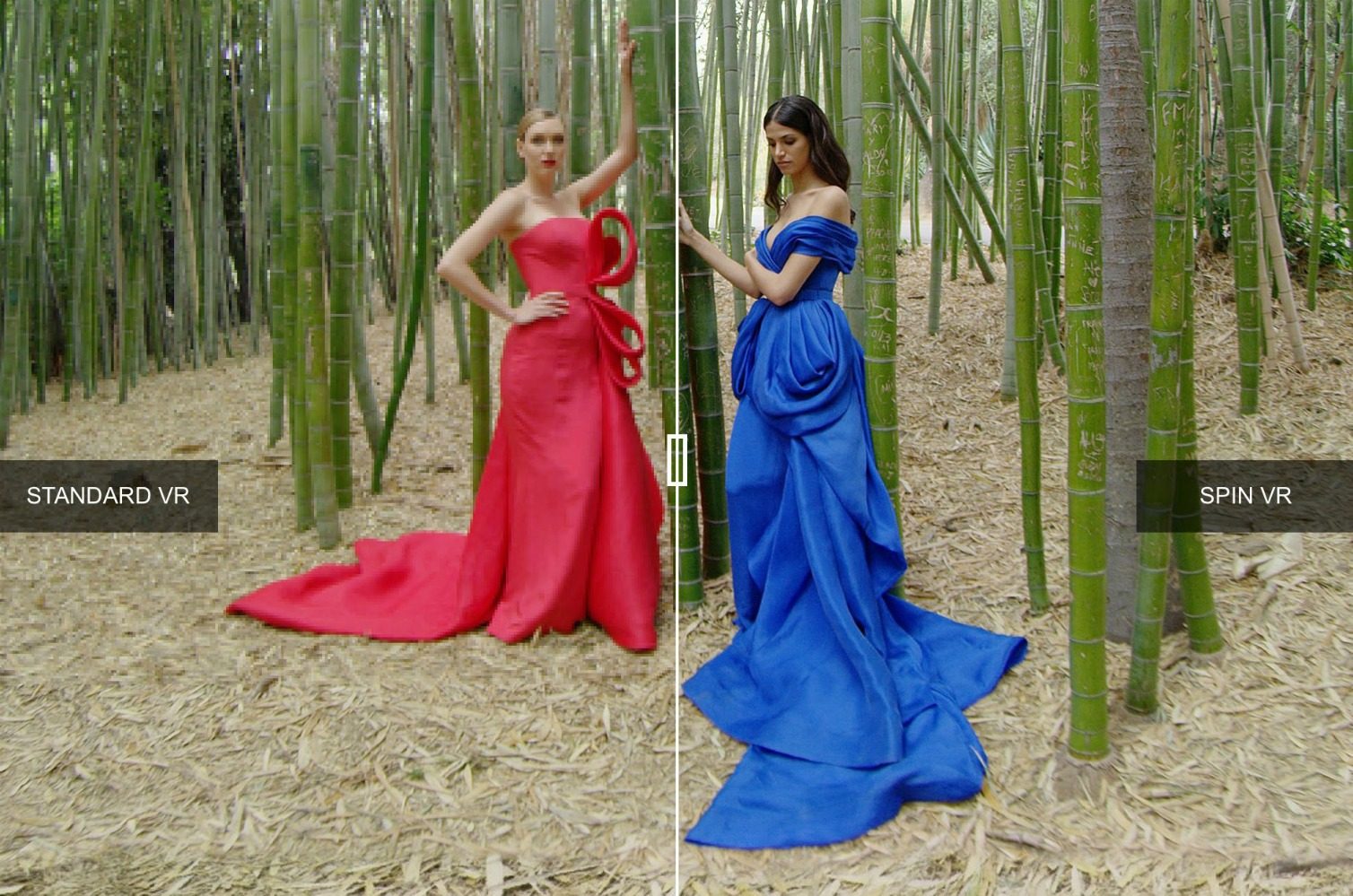Pixvana, a cloud-based VR video company, today announced their much awaited solution for publishing and streaming 360 video, a platform that promises to deliver up to 10K resolution streaming playback from the cloud to your VR devices. They’re calling it Pixvana SPIN.
In a mission to make 360 video less terrible, the Seattle-based company has developed a number of technologies since they came out of stealth last December. Their linchpin technology: a field-of-view adaptive streaming (FOVAS) technology that promises to both increase video quality and reduce bandwidth for 360 video, something that has stymied the medium and frustrated its viewers long before Facebook and YouTube started supporting the format. Even 4K video spread across a 360-degree sphere leaves much to imagination.
With Pixvana SPIN, the company claims they can deliver up to 100 megapixel quality within the user’s field-of-view while cutting data delivered by up to 70% overall. Company co-founder and CEO Forest Key says “FOVAS is like swapping your old standard definition set for a 4K TV.”

Following this technique, which segments the video into multiple tiled views, the company is simultaneously pushing an Open Projection Format (OPF) that will index user-created video streams into the correct, multi-tiled format optimized via their SPIN publisher. The visualization below shows a 10K 360 SPIN video encoded with 30 individual tiles. When the viewer moves their head to a new part of the video, the stream is “seamlessly switched so that the highest possible quality image is presented, at a greatly reduced bandwidth.”
Pixvana maintains that a preview version of their SPIN Player will be available soon, with the publisher close to follow in early 2017. As ‘platform agnostic’ player, we’re sure to see apps available for headsets such as Samsung Gear VR, HTC Vive, Google Daydream, and Oculus Rift.
The SteamVR compatible app is slated to release on October 8th.
“Pixvana has shown the best-looking VR video we’ve seen to date,” said Valve’s Sean Jenkin. “An open standard for 360/FOVAS content which scales to high-quality VR headsets and lets creators of all sizes publish anywhere without requiring proprietary tools or formats is great for consumers and content creators and reflects Valve’s commitment to an open VR ecosystem. We look forward to making Pixvana’s technology and compatible content available on Steam.”
Pixvana came out of stealth with their announcement of a $6 million seed round back in December led by Madrona Venture group with participation from Vulcan Capital and other angel investors. Company founders come from senior product and engineering leadership roles at Apple, Adobe, Microsoft and Lucasfilm.








